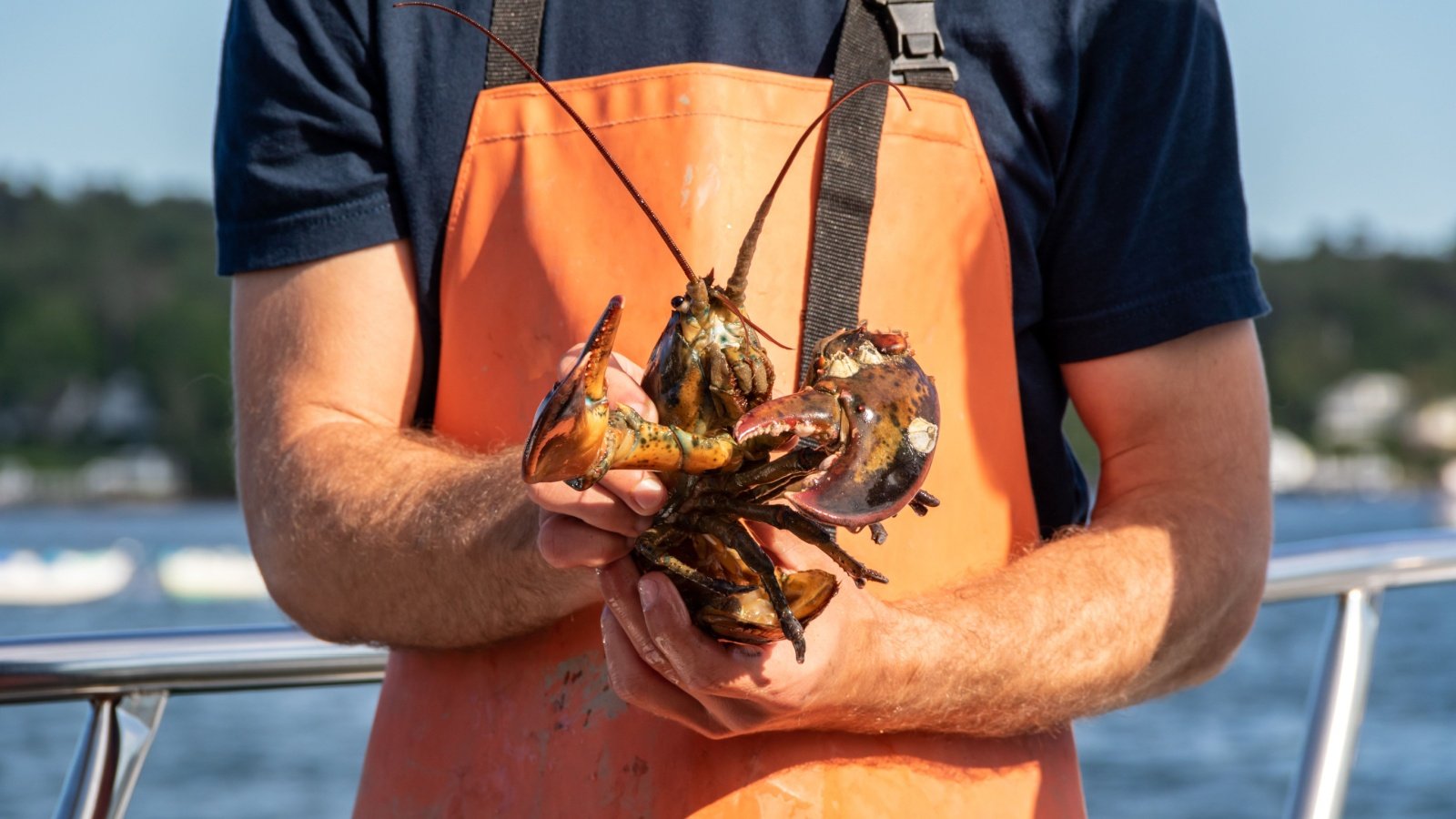In unique habitats, some organisms live much longer than expected. From Greenland sharks to Galápagos tortoises, these species provide fascinating insights into aging and survival. Studying them helps scientists understand how life can thrive in diverse and challenging environments. Let’s explore the longest-lived organisms known to man.
Horseshoe Crabs
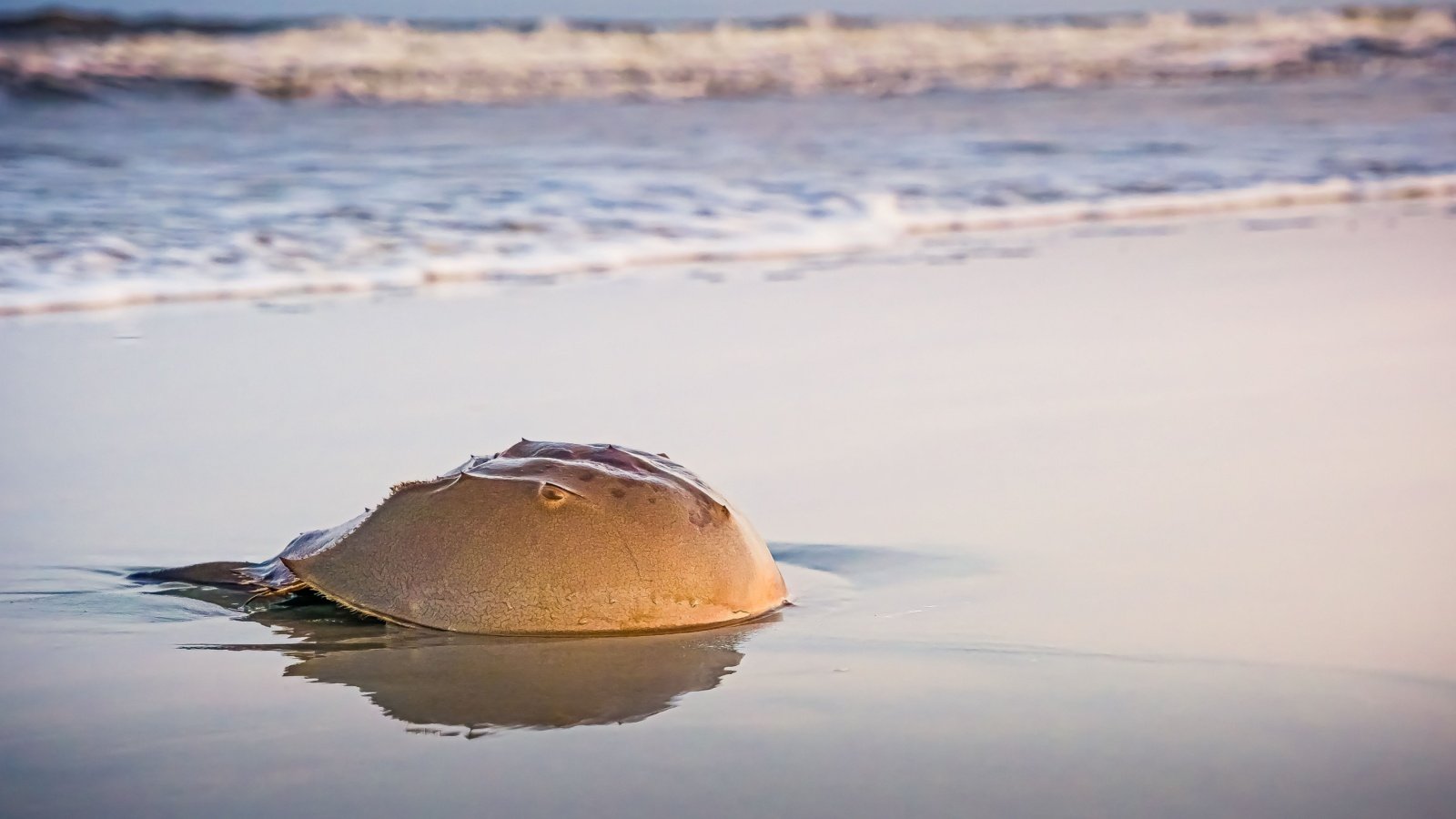
Horseshoe crabs, often referred to as living fossils, have remained virtually unchanged for over 450 million years. They can live up to 20 years. Their blue blood is highly valued in medicine for its ability to detect bacterial endotoxins.
Bowhead Whale
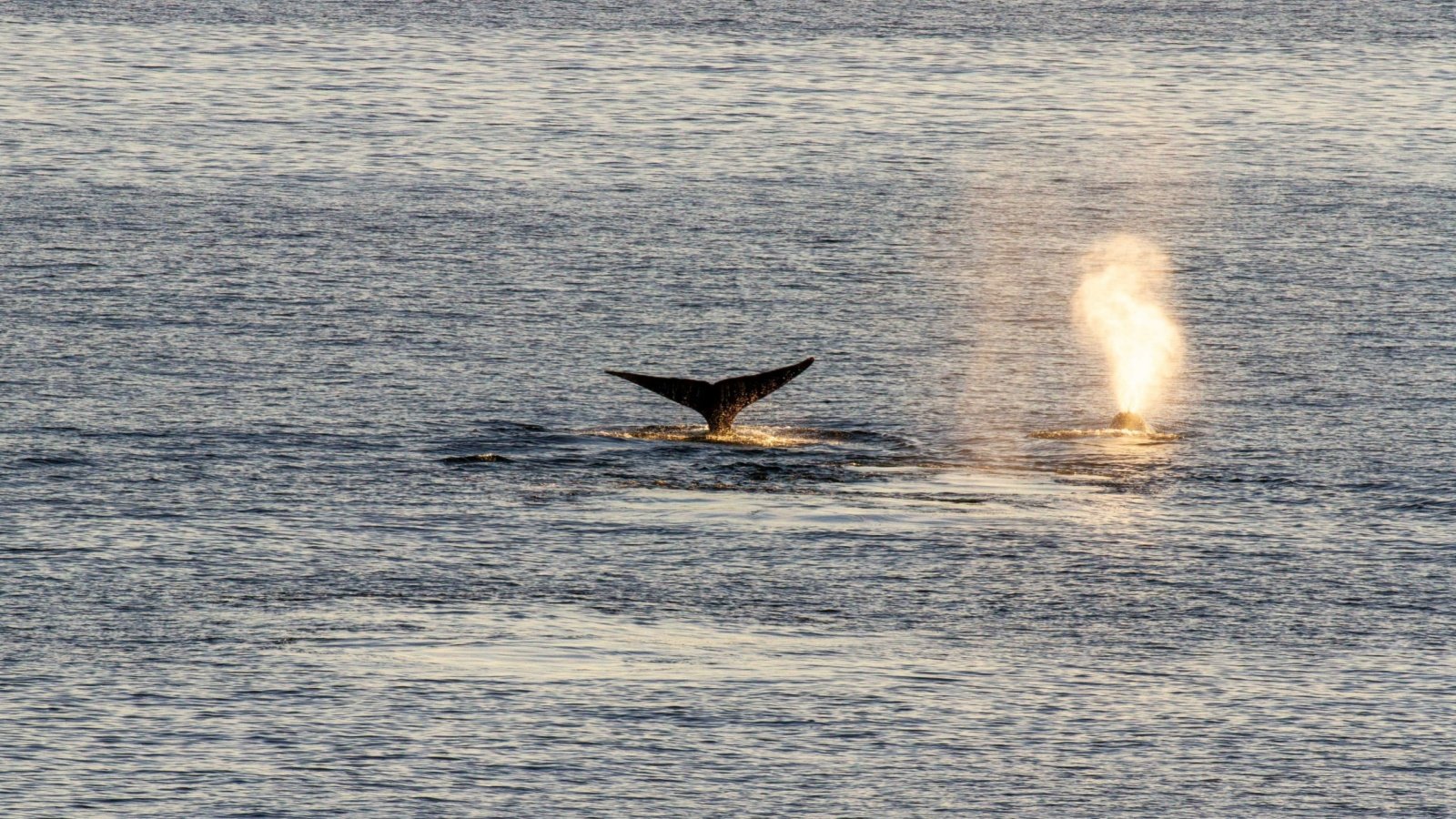
Bowhead whales can live for over 200 years, making them one of the longest-lived mammals. Found in Arctic and sub-Arctic waters, these whales have a thick layer of blubber to protect them from the cold. Their resilience to aging has made them a subject of scientific study in longevity research.
Aldabra Giant Tortoise

The Aldabra giant tortoise is renowned for its long life, with individuals often living more than 150 years. Native to the Aldabra Atoll in the Indian Ocean, these tortoises enjoy a diet of grasses and other vegetation. Their slow-paced life and genetic makeup contribute to their impressive lifespan.
Ocean Quahog Clam
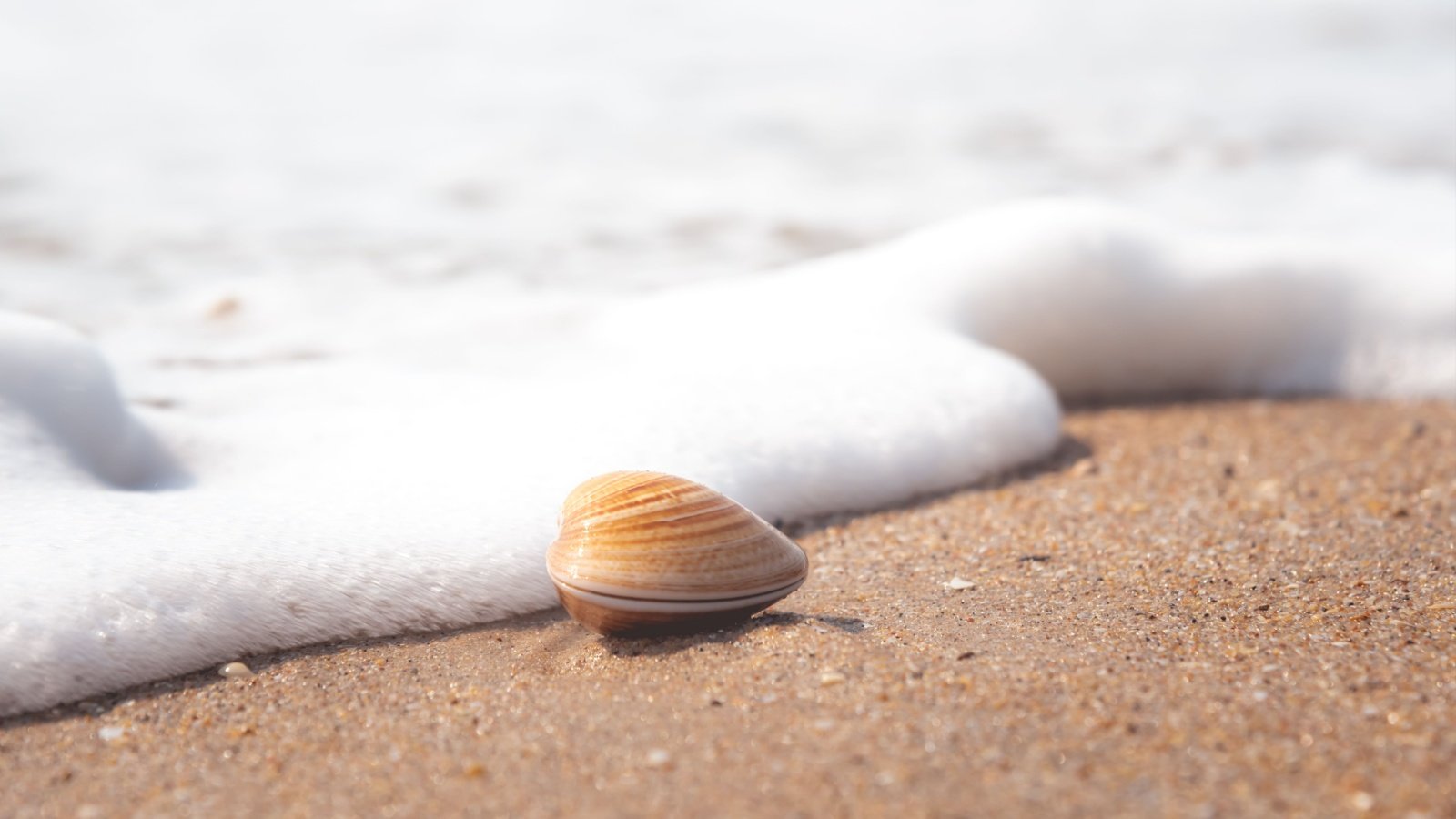
The ocean quahog clam is a bivalve mollusk known for its long lifespan, with one recorded individual living up to 507 years. These clams are found in the North Atlantic Ocean. Their growth rings, like those of trees, help scientists determine their age.
Galápagos Tortoise

Galápagos tortoises are among the longest-lived vertebrate species, often reaching ages of over 100 years. These giant tortoises can weigh up to 417 kg (919 lbs) and are native to the Galápagos Islands. Their slow metabolism and large size contribute to their extended lifespan.
Sablefish

Sablefish, also known as black cod, can live up to 90 years. Found in the North Pacific, these fish are highly prized for their rich, buttery flavor. The depth and cold of their natural habitat contribute to their long lives.
Lobsters

Lobsters can potentially live indefinitely due to their ability to continuously molt and renew their bodies, although this process becomes more difficult as they age. They are known to grow larger and more fertile with age. The oldest lobsters can live over 100 years, though precise aging is difficult as they shed their shells.
Sturgeons

Sturgeons are long-lived fish species, with some living over 100 years. These ancient fish are valued for their roe, marketed as caviar. Sturgeons’ slow growth and late maturity are key factors contributing to their lengthy lifespans.
Turritopsis Dohrnii Jellyfish
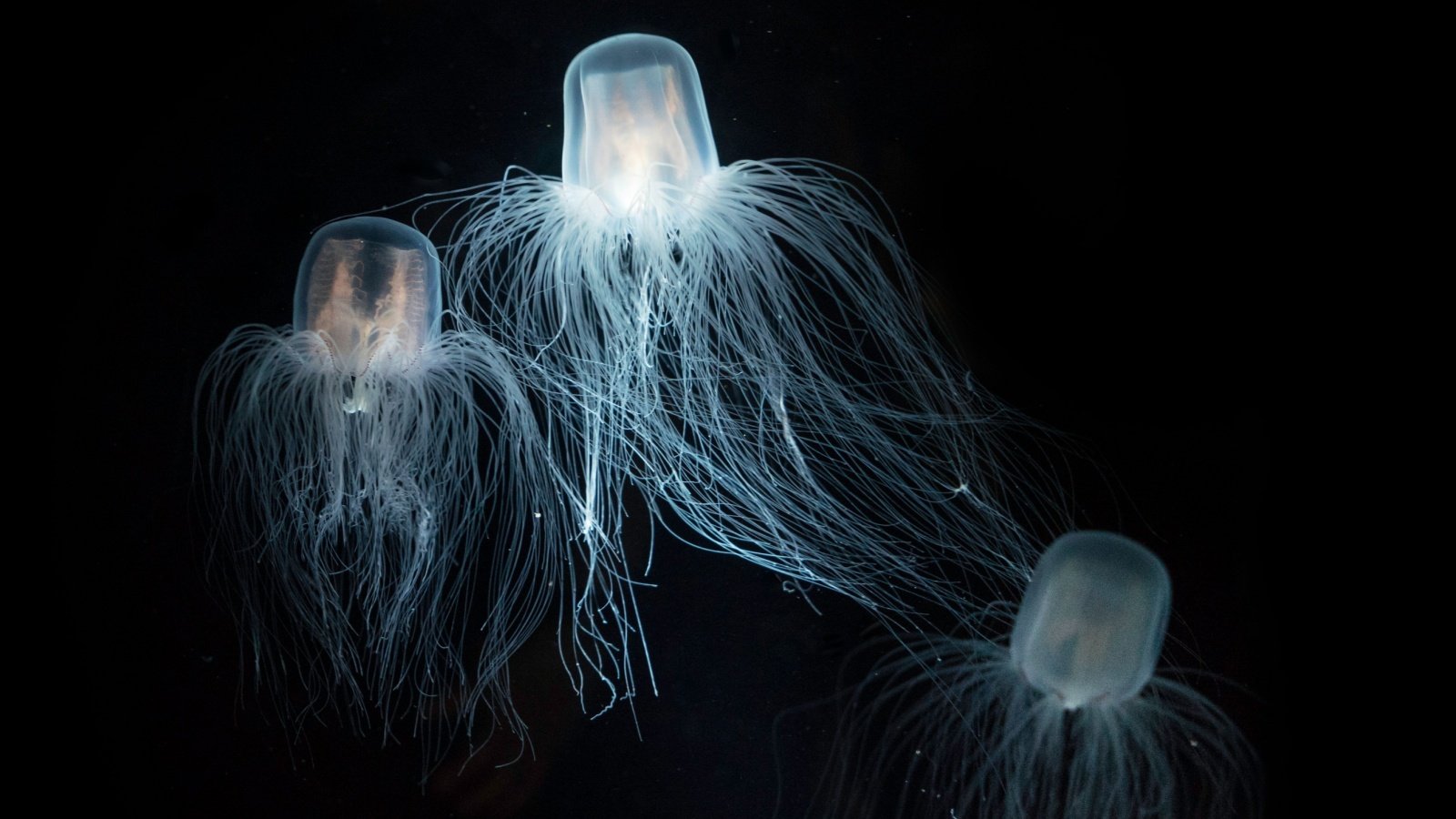
Often called the “immortal jellyfish,” Turritopsis dohrnii can potentially live forever under the right conditions. This jellyfish species can revert to its juvenile form after reaching adulthood, a process called transdifferentiation. This ability essentially resets its life cycle indefinitely.
Antarctic Sponge
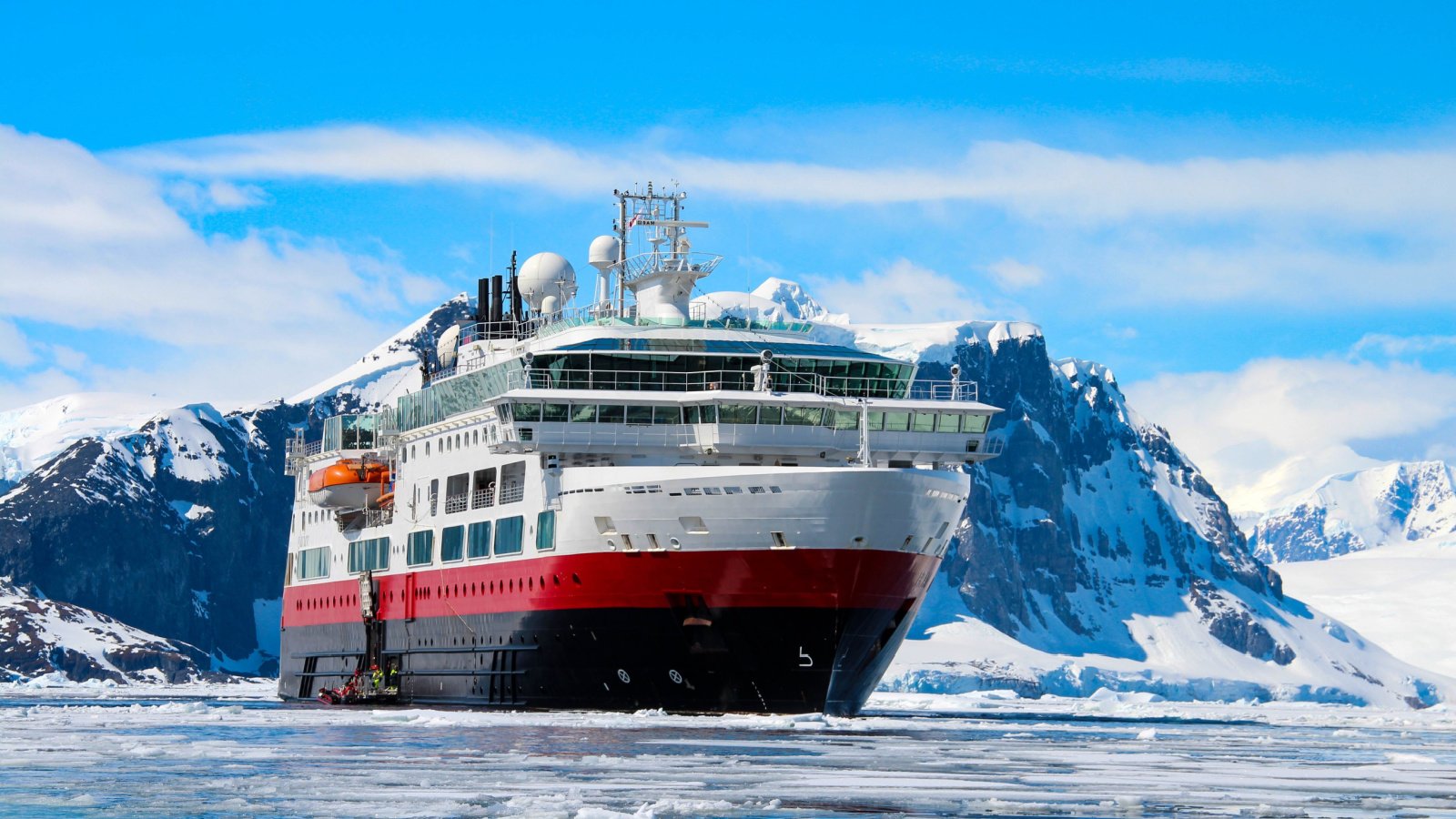
Antarctic sponges can live for thousands of years, possibly up to 10,000 years, in the cold, stable environment of the ocean floor. These sponges grow extremely slowly, which contributes to their longevity. The stability of their deep-sea habitat shields them from the environmental changes that might affect faster-growing species.
Red Sea Urchin
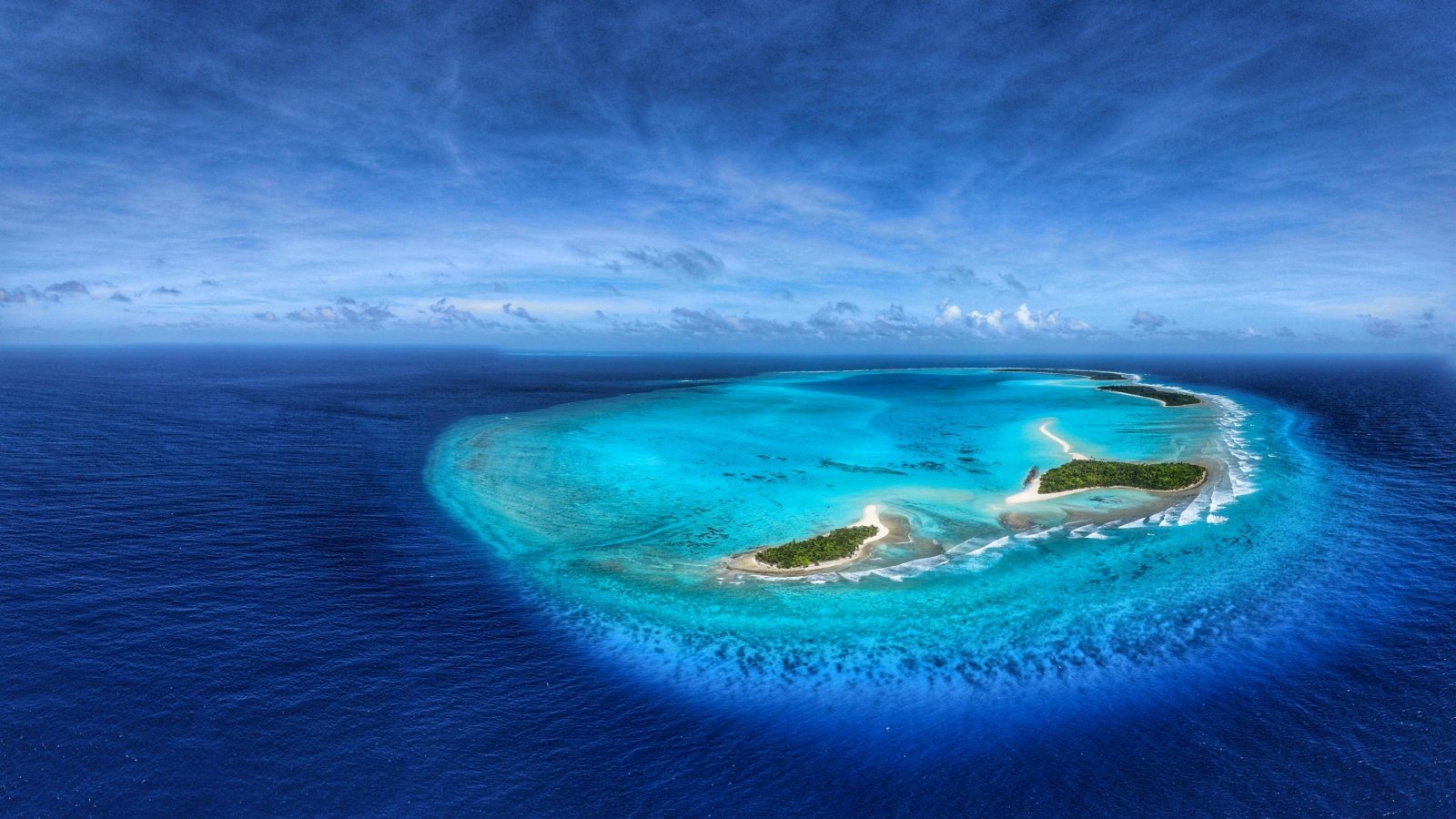
Red sea urchins living along the Pacific Coast of North America are known to live over 200 years. They maintain their ability to reproduce throughout their life, which might contribute to their longevity. The cold water of their habitat helps slow their metabolic rate, which may aid their long lives.
Koi Fish

Koi fish have been known to live for over 200 years, with the oldest recorded koi, named Hanako, living to the age of 226. These ornamental fish are a symbol of love and friendship in Japan. Their long lifespan is attributed to their slow growth rates and the pristine conditions of the cold-water ponds in which they live.
Tuatara

The tuatara is a reptile native to New Zealand that can live up to 200 years. This ancient species, often called a “living fossil,” has changed little in over 200 million years. Tuataras have a slow metabolism, which is thought to contribute significantly to their longevity.
Lamellibrachia Tube Worms

Lamellibrachia tube worms, found near deep-sea hydrothermal vents and cold seeps, can live for over 250 years. These worms form symbiotic relationships with bacteria, which allow them to survive in harsh environments. Their longevity is enhanced by their slow growth rates and the stable conditions of their deep-sea habitats.
Warty Oreo
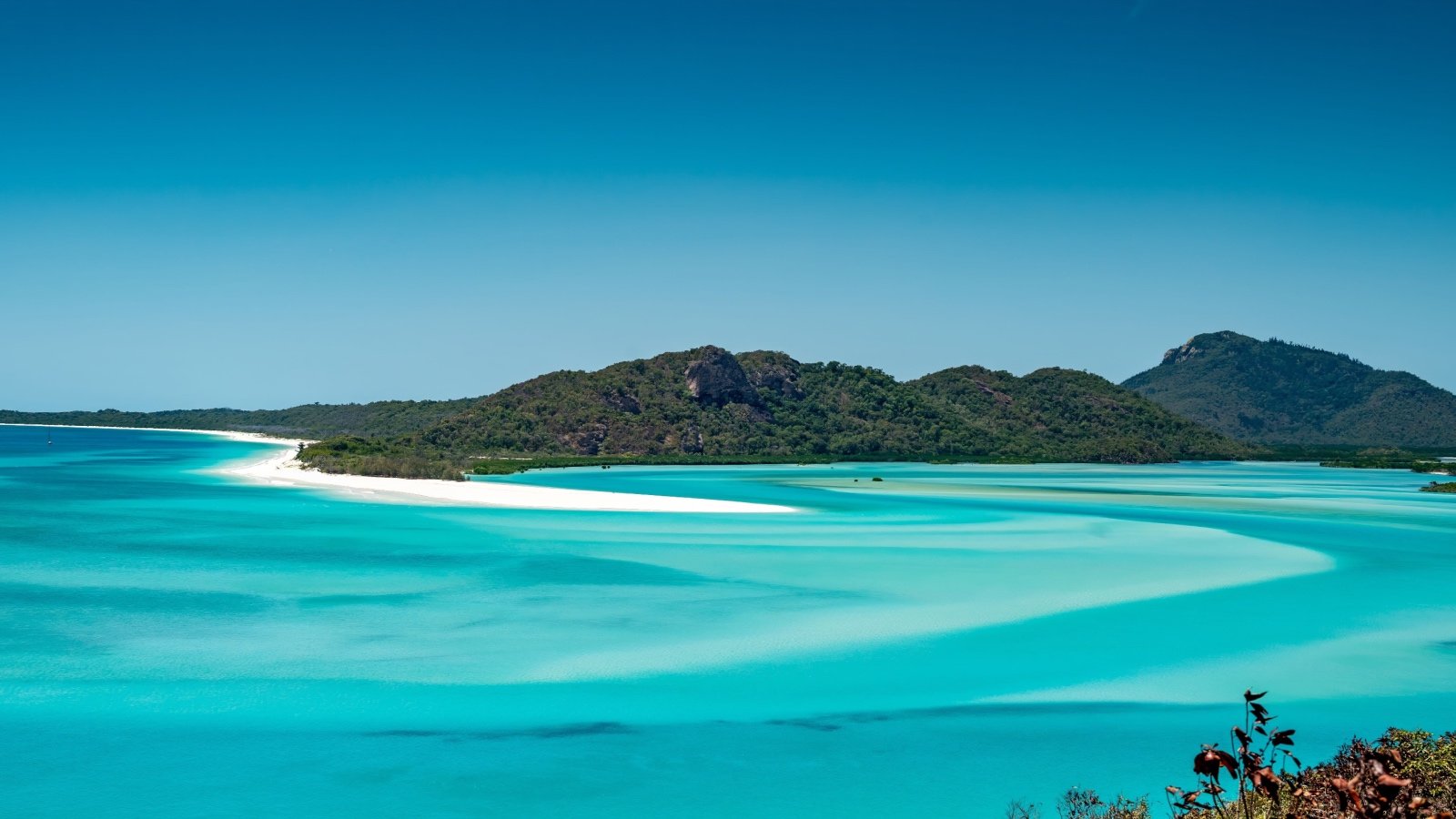
The warty oreo, a deep-sea fish found in waters around New Zealand and Australia, is known to live up to 140 years. Its slow growth rate and deep, cold habitat contribute to its longevity. Despite its unappealing name, the warty oreo is a vital part of the oceanic ecosystem.
Greenland Shark
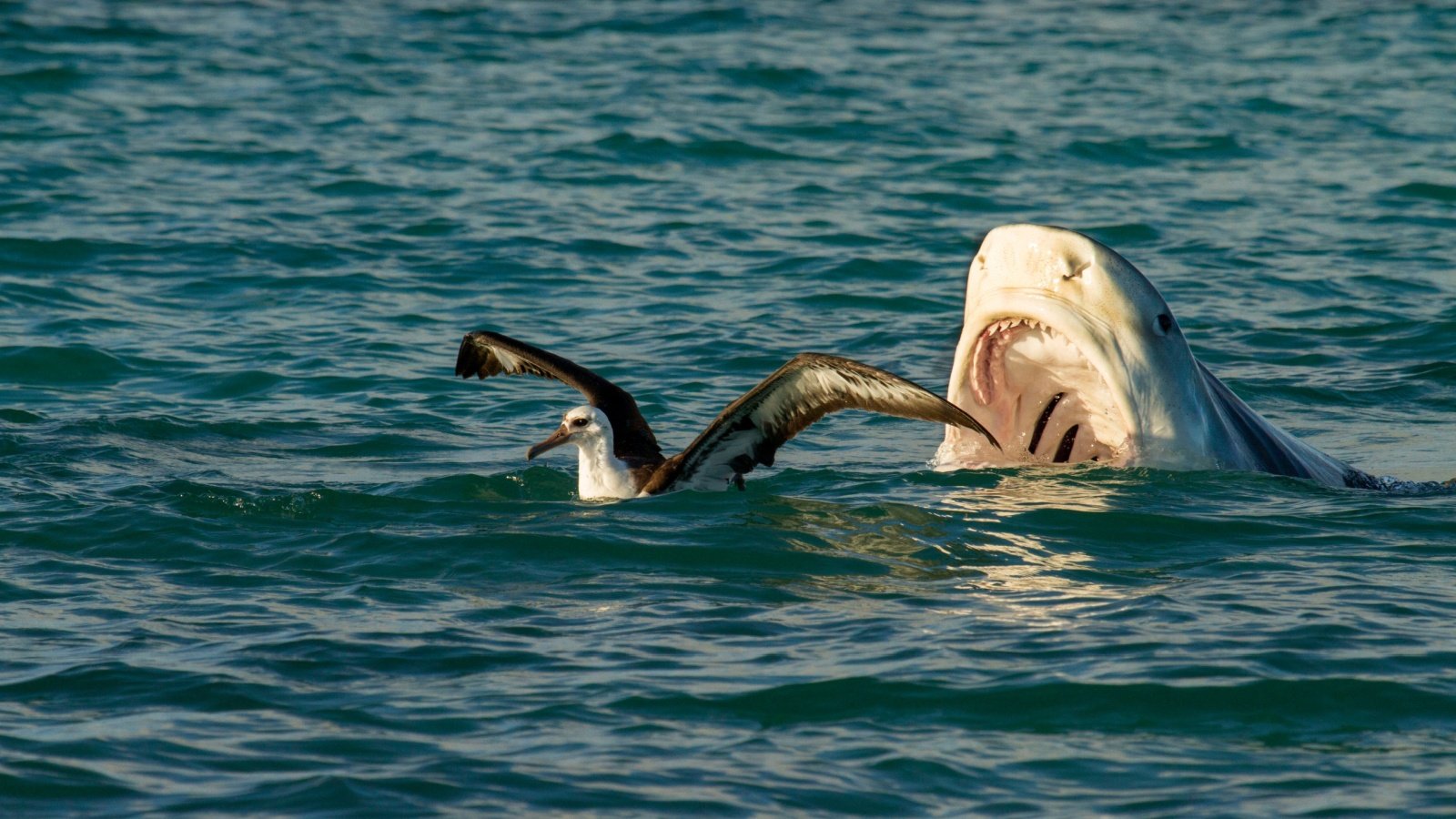
The Greenland shark is one of the longest-living vertebrates known, with some individuals estimated to be over 400 years old. These sharks grow extremely slowly, living in the deep, cold waters of the North Atlantic. Their longevity may be linked to their sluggish metabolism and the cold environment in which they reside.



